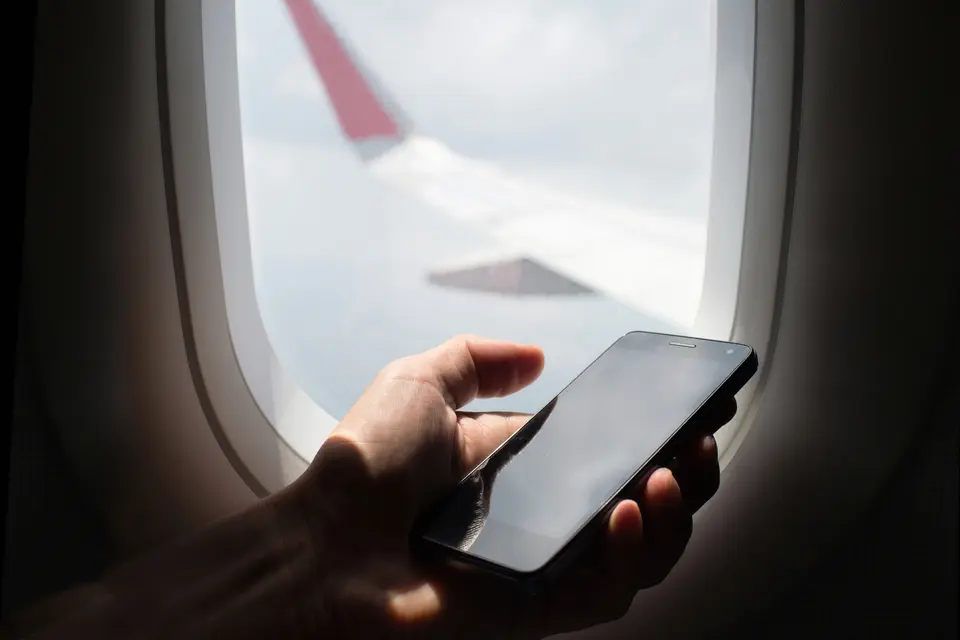The aviation industry is suffering on multiple fronts from the growing use of personal electronics powered by lithium-ion batteries. The appeal of the batteries is their high efficiency. The downside is they have a troubling potential to cause catastrophic mid-flight fires.
Lithium-ion batteries are in almost every portable device on the market, from cellphones and cameras, to laptops and tablets. They’ve been adopted so widely because of their high power-to-weight ratio, great energy efficiency, and long life. The technology also runs most electric and hybrid vehicles.





